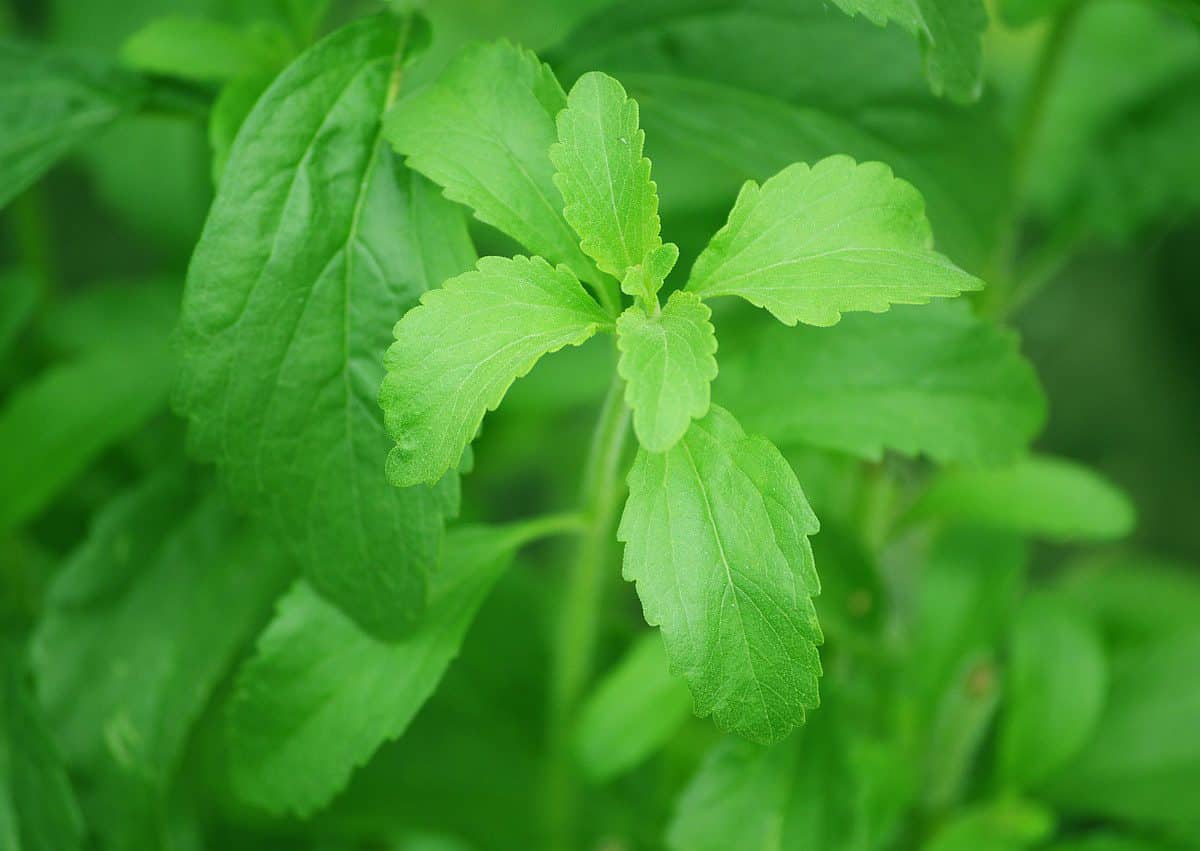Are you looking for a natural, no-calorie sweetener to replace those artificial ones, such as saccharin, sucralose and aspartame? Stevia is the answer.
Originally from Uruguay and Paraguay, Stevia rebaudiana has been grown and used as a substitute sweetener in many parts of the world. After several decades of legal battles in the United States, stevia was granted U.S. Food and Drug Administration (FDA) approval as a dietary supplement in 1995. In December 2008, the FDA approved stevia extract as safe to add to foods and drinks.
Stevia was introduced to Costa Rica in the 1990s and has gained popularity as a natural sweetener. The best news of all is that you can grow it in your home garden.
A member of the Asteraceae family, stevia is a perennial woody-stemmed herb with opposite, ovate, oblong, serrate leaves and white flowers in clusters at the apex of the stem.
These flowers rarely produce viable seeds, but the plant can easily be reproduced by stem cuttings. Though stevia is a relative newcomer to Costa Rica, it seems to adapt well to a wide variety of habitats at both lower and higher elevations. Our trials show it does very well as a potted plant in sunny areas around the home.
Stevia contains stevioside, a crystalline diterpene glycoside that stimulates our sweet taste buds but does not contain sugars or calories. Clinical studies have also shown that stevia increases glucose tolerance and decreases blood sugar levels.
This makes stevia an ideal sugar substitute for people with high blood sugar levels or diabetes, as well as those who are dieting for weight loss. Leading health food stores offer stevia products in liquid extract or crystals, just like sugar. Both presentations are highly concentrated and should be used sparingly.
On the other hand, you can grow your own stevia plants at home and enjoy the more natural form, and save money, too. The fresh or dried leaves can be used to sweeten teas, coffee and cold drinks, as well as baked goods. You can use a sprig of fresh leaves per cup of hot beverage, depending on your sweet tooth. Be sure to brew the leaves with the tea or coffee.
For cold drinks, boil the leaves in water first, then cool. For baked goods, boil and strain the stevia leaves in the amount of water required for the recipe.
Some nurseries in Costa Rica offer stevia plants, known as estevia in Spanish, so check your local nurseries.

